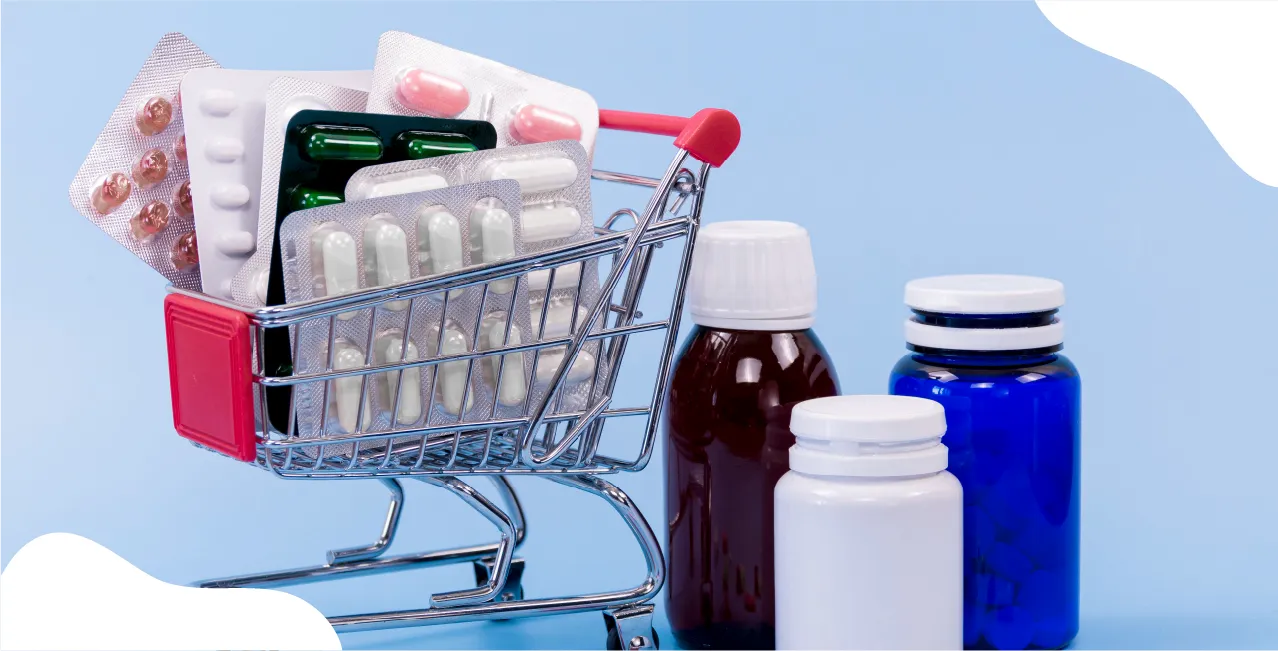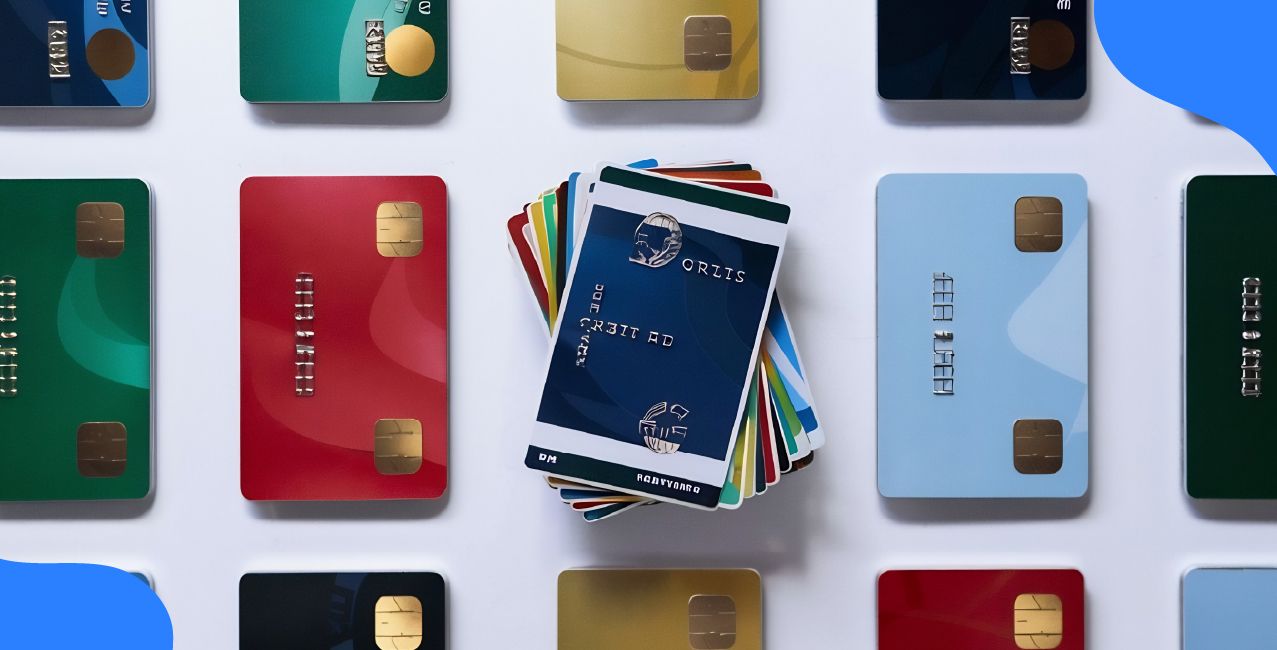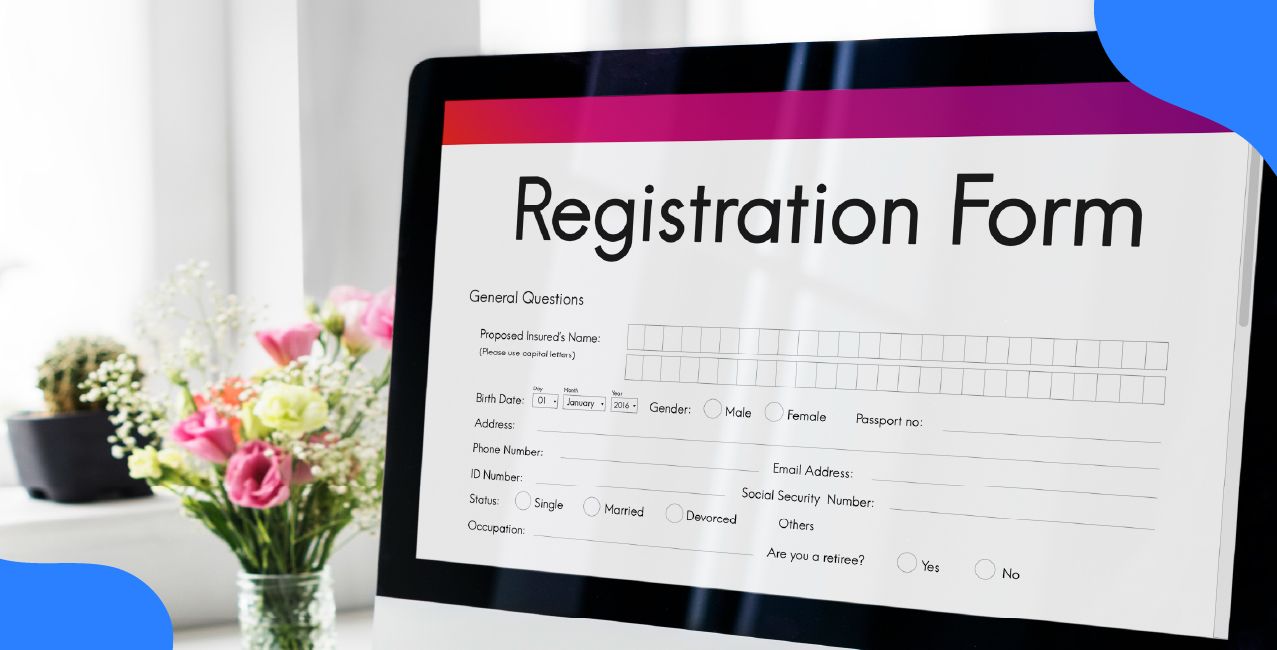
Author
LoansJagat Team
Read Time
9 Min
18 Jul 2025
GST on Medicine – Tax Rates & Exemptions Explained
An example of a drug used for fever is Devam. Devam costs about ₹100 for a bottle. Medicines are taxed at a GST rate of 12%. Therefore, the GST contributed to the total cost of the item is ₹12 (12% of ₹100). The full amount you will pay is ₹112.
Here’s a simple table:
GST on Medicine – Short Introduction
Goods and Services Tax (GST) is included in the cost of medicines. GST on medicines is usually 12%; however, on some needed drugs, it is lower or even zero. It forms part of the cost you are charged. If the price of a medicine is ₹200 plus 12% GST, then you pay ₹224. Money collected by GST supports the government in providing healthcare.
GST on Medicine – Categories, Prices, and GST Rates
Every type of medicine in India is assigned a different rate of GST. Some drugs are 0% taxed, but most common medicines have 5% or 12% GST. A simple explanation goes like this:
Example of Devam (Fever Medicine)
- Price before GST: ₹100
- GST Rate: 12%
- GST Amount: ₹12
- Total Price: ₹112
GST Rates on Different Medicine Categories
Key Point
- 5% GST: For critical medicines like insulin, vaccines, and some cancer drugs.
- 5% GST: For essential medicines like painkillers and basic antibiotics.
- 12% GST: For common medicines like fever and cold tablets (e.g., Devam).
- 18% GST: For non-essential medicines like vitamins and health supplements.
Because of GST, medical products are slightly costlier, though essential drugs are charged a lower tax rate to make them inexpensive for all.
HSN Codes for Medicine – Types and Their HSN Codes
Classifying medicines for GST is done using the GST HSN (Harmonised System of Nomenclature) codes. Every medicine is given a distinct HSN code. Here’s how it works using an example:
Example of Devam (Fever Medicine)
- Medicine Type: Common pharmaceutical product
- HSN Code: 3004 (Medicines in measured doses)
HSN Codes for Different Medicine Types
Key Points
- 3002: For life-saving drugs like insulin and vaccines (usually 0% or 5% GST).
- 3004: For common medicines like Devam, paracetamol (5% or 12% GST).
- 3003: For Ayurvedic and herbal medicines (12% GST).
- 2106: For health supplements like vitamins (18% GST).
- 9018: For medical devices like thermometers (12% GST).
HSN codes help businesses and pharmacies apply the correct GST rate.
Types of Medicine and Their GST Rates in India
Prescription medicines are categorised, and each category has a different GST rate. Key medicine is sometimes taxed lightly, but the government may charge higher taxes on unnecessary medicines. This document summarises the information in an easy-to-read format:
Example of Devam (Fever Medicine)
- Type: Common over-the-counter medicine
- GST Rate: 12%
- Price Example:
- Price before GST: ₹100
- GST Amount (12%): ₹12
- Total Price: ₹112
Table: Medicine Types and Their GST Rates
Important Points to Remember
- 0% GST is for the most critical medicines, like some cancer drugs and vaccines.
- 5% GST is for basic medicines that most people need (like painkillers).
- 12% GST is for regular medicines (like Devam for fever) and medical equipment.
- 18% GST is for non-essential health products like vitamins.
The government updates these rates periodically, so important drugs become more available for everyone. Because GST is shown on the printed price in pharmacies, customers don’t have to calculate it.
Impact of GST on the Medicine Industry
GST has changed how medicines are priced and sold in India. Here’s how it affects the industry, with the example of Devam (a common fever medicine):
- Before GST, medicines had multiple taxes (VAT, excise duty, etc.), making prices confusing. Devam might cost ₹100 + 5% VAT + 2% excise = ₹107.
- After GST, a single tax (12% for most medicines) simplified pricing. Now, Devam costs ₹100 + 12% GST = ₹112.
Key Impacts:
- Price Increase for some medicines (like Devam) due to higher GST than the previous taxes
- Easier Business for pharmacies as they deal with one tax instead of many.
- More Transparency because GST is clearly shown on bills.
- Life-saving drugs became cheaper (0% or 5% GST).
- Supply Chain Improved as GST removed tax barriers between states.
While some medicines got costlier, GST made the system simpler and helped essential drugs stay affordable.
Input Tax Credit (ITC) on Medicine
When a pharmacy buys medicines like Devam (a common fever medicine) from a supplier, it pays GST on the purchase. For example, if the pharmacy buys Devam for ₹100 plus 12% GST (₹12), they pay ₹112. Later, when they sell Devam to a customer for ₹150 plus 12% GST (₹18), they collect ₹168. With ITC, the pharmacy can subtract the ₹12 GST they already paid on the purchase from the ₹18 GST they collected on the sale.
This means they only pay ₹6 (₹18 - ₹12) to the government instead of the full ₹18. ITC helps businesses avoid paying tax on tax, keeping medicine prices lower for customers. The system ensures taxes are only paid on the value added at each step, making the process fair and reducing costs for everyone in the supply chain, from manufacturers to pharmacies to patients.
Conclusion
GST on medicine is decent, but also has the potential to increase the prices of certain medicines. Whereas essential drugs have lower GST rates so that they are affordable to the population, other drugs might be expensive because of the tax.
The government attempts to compromise between tax collection and the provision of healthcare services to all. It is the hope of people that natural special drugs are not expensive to purchase without fear.
On balance, GST on medicine is good and bad in its way, but the intention should be to enable people to come to treatment easily without paying high prices. Healthcare should be affordable, and it is a right that people should not be forced to pay taxes to be healthy.
FAQs
1. What is GST on medicines?
GST (Goods and Services Tax) is a single tax applied to medicines instead of multiple old taxes. Essential medicines have lower GST (0% or 5%), while common medicines like fever pills have 12% GST.
2. Why do some medicines have 0% GST?
Life-saving drugs like insulin or cancer medicines have 0% GST, so they remain affordable for patients who need them the most.
3. How is GST calculated on medicines?
If a medicine costs ₹100 with 12% GST, you pay ₹112 (₹100 + ₹12 GST). The price tag usually includes GST.
4. Did medicines become costlier after GST?
Some medicines got slightly costlier (e.g., fever tablets went from 5% VAT to 12% GST), but life-saving drugs became cheaper.
5. Can pharmacies claim GST credit (ITC) on medicines?
Yes, pharmacies subtract the GST they paid while buying stock (e.g., ₹12 on Devam) from the GST they charge customers, paying only the difference to the government.
6. Are Ayurvedic medicines under GST?
Yes, ayurvedic products like Chyawanprash have 12% GST, while some herbal medicines may fall under 5%.
7. Do medical devices have GST?
Yes, devices like thermometers (12% GST) and luxury health products (18% GST) are taxed differently.
8. Who decides GST rates on medicines?
The GST Council (including central and state ministers) reviews and sets rates based on how essentiality of medicines.
9. Are online pharmacy medicines taxed under GST?
Yes, online or offline, all medicine purchases follow the same GST rules.
10. Can I get a GST invoice for medicines?
Yes, pharmacies must provide a bill showing the GST amount paid, which is useful for businesses claiming ITC.
Other Important GST Pages | ||||
About the Author

LoansJagat Team
‘Simplify Finance for Everyone.’ This is the common goal of our team, as we try to explain any topic with relatable examples. From personal to business finance, managing EMIs to becoming debt-free, we do extensive research on each and every parameter, so you don’t have to. Scroll up and have a look at what 15+ years of experience in the BFSI sector looks like.

Quick Apply Loan
Subscribe Now


